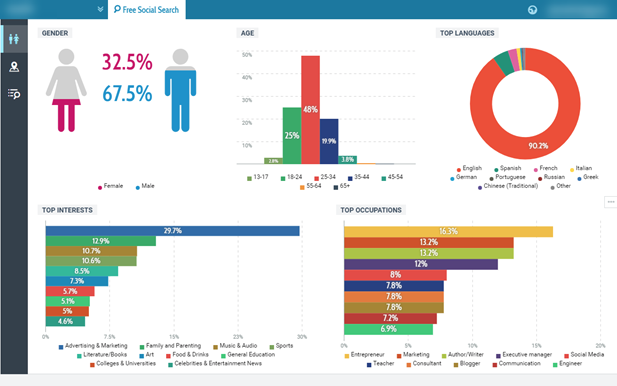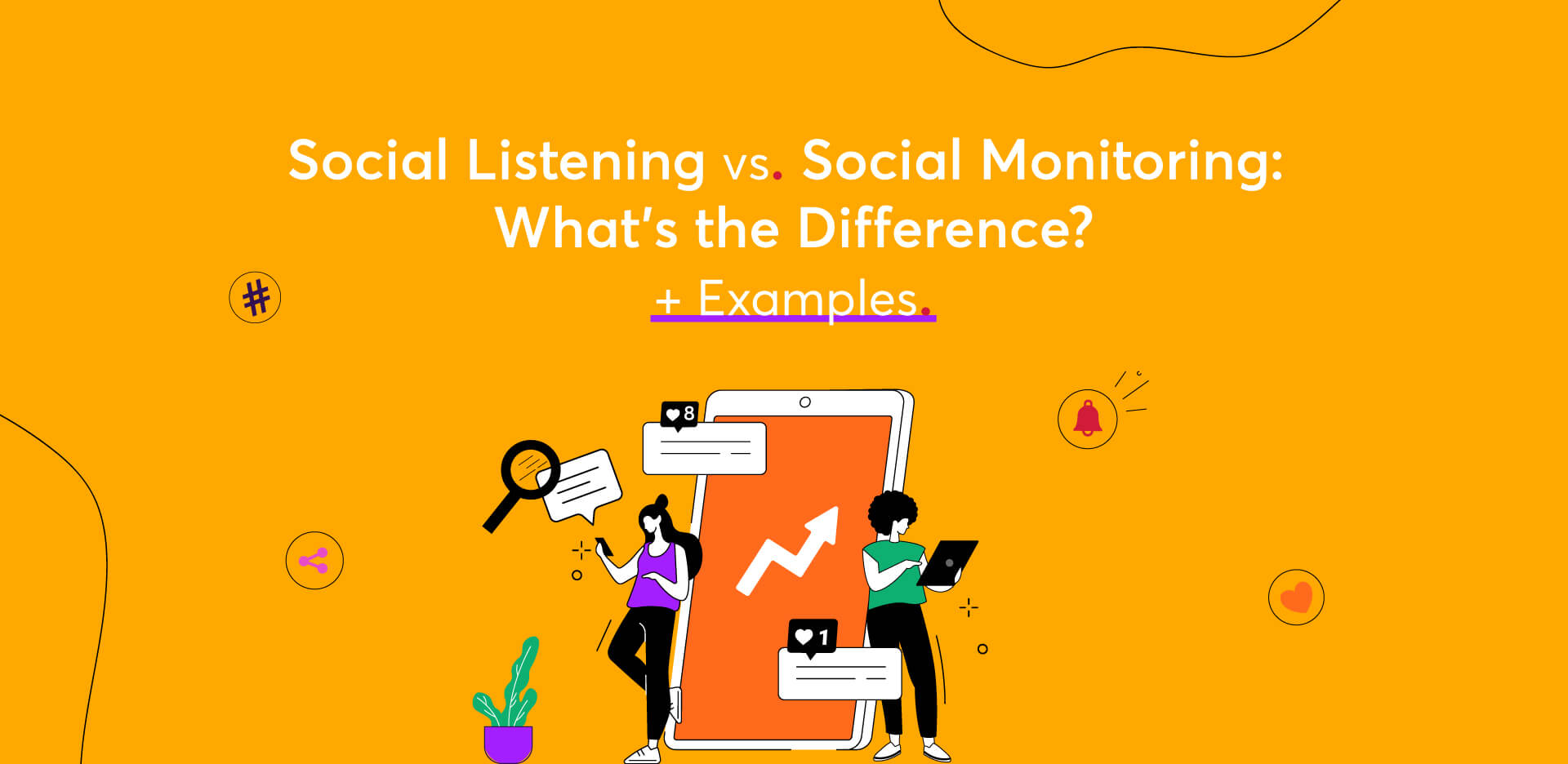In today’s digital age, businesses rely heavily on social media to engage with their audience, build brand awareness, and enhance their online presence. Social media strategies often involve two essential practices: social listening and social monitoring. While these terms are sometimes used interchangeably, they serve distinct purposes in the realm of digital marketing. In this article, we will delve deep into the world of social listening and social monitoring, highlighting their differences and importance in the online landscape.
Introduction to Social Listening Social Monitoring

In the vast expanse of social media, social listening and social monitoring play pivotal roles. Social listening refers to the process of analyzing online conversations, sentiments, and trends related to a brand, industry, or topic. On the other hand, social monitoring involves tracking and measuring various metrics, such as likes, shares, and comments, to evaluate the performance of social media channels.
Why Social Media Listening Matters
1. Understanding Customer Sentiment
Social listening allows businesses to gain insights into customer sentiment. By analyzing conversations, businesses can comprehend how their audience perceives their brand, products, or services.
2. Identifying Emerging Trends
Through social listening, businesses can identify emerging trends and topics within their industry. Staying abreast of these trends enables companies to tailor their marketing strategies effectively.
3. Improving Customer Engagement
Engaging with customers in real time based on social listening insights can lead to enhanced customer satisfaction. Addressing concerns promptly demonstrates a brand’s commitment to customer service.
The Significance of Social Monitoring
1. Measuring Engagement Metrics
Social monitoring provides valuable data on engagement metrics such as likes, shares, and comments. These metrics indicate the level of audience interaction with the content shared by the brand.
2. Analyzing Competitor Performance
By monitoring competitors’ social media activities, businesses can assess their standing within the industry. This analysis aids in refining marketing strategies and staying ahead of the competition.
3. Enhancing Content Relevance
Social monitoring helps businesses understand which types of content resonate best with their audience. This knowledge enables the creation of more relevant and engaging content that captivates the target audience.
The Synergy Between Social Listening and Social Monitoring
While social listening and social monitoring serve different purposes, they are interconnected. Social listening provides the qualitative data needed to understand customer sentiments, which can then be quantified through social monitoring metrics. This synergy allows businesses to form a comprehensive view of their online presence.
Conclusion
In conclusion, social listening and monitoring are indispensable tools for businesses aiming to thrive in the digital landscape. Social listening offers qualitative insights, enabling businesses to understand customer sentiment and emerging trends. On the other hand, social monitoring provides quantitative data, allowing businesses to measure engagement and analyze competitor performance. By harnessing the power of both practices, businesses can craft targeted, customer-centric strategies that elevate their online presence and foster meaningful connections with their audience.
Ready to enhance your social media strategy? Request a demo from AIM Technologies today and discover how our advanced tools can transform your digital presence. Don’t miss out on the opportunity to gain a competitive edge in the ever-evolving world of social media marketing.
FAQs
Q1: Is social listening applicable only to large businesses?
- A1: No, social listening is beneficial for businesses of all sizes. It helps understand customer opinions and industry trends, irrespective of the business scale.
Q2: Can social monitoring tools track engagement across multiple social media platforms?
- A2: Yes, social monitoring tools are designed to track engagement metrics across various social media platforms, providing a holistic view of the brand’s online performance.
Q3: How frequently should businesses engage in social listening?
- A3: Regular engagement is essential. Ideally, businesses should conduct social listening activities weekly to stay updated with the latest trends and customer sentiments.
Q4: What is the role of social listening in crisis management?
- A4: Social listening plays a crucial role in crisis management by allowing businesses to gauge public sentiment during a crisis. This insight helps in crafting appropriate responses and strategies to address concerns.
Q5: Are there free tools available for social listening and social monitoring?
- A5: Yes, there are free and paid tools available for social listening and social monitoring. While free tools offer basic features, paid tools provide in-depth analysis and customization options for businesses.




